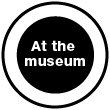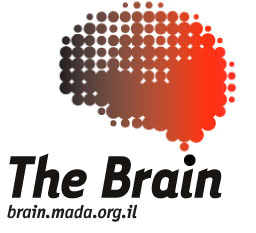


 |
||
 |
||
|
Click the image above to enlarge and compare rectangles 1 and 2 - which of the two looks lighter? We use all clues about differences in illumination to derive what the surface would look like had there been no shadow. When we see the whole picture, we judge that had it not been in shadow, Square 1 would have had the same lightness as Square 3. The shadow darkens Square 1 but our knowledge of its 'true' lightness prevents us from realizing that the shadow actually darkens it to match Square 2. We conclude from the clues in the picture (our knowledge that all the light squares in a checkerboard have the same lightness, and that Square 1 is darkened by the shadow) that Squares 1 and 2 have the same reflectance. The reflectance is a property of the material and is the percentage of white light falling on it that would be reflected. This knowledge 'spills over' into our judgment of the relative brightness of the two squares and prevents us from perceiving that Square 1 has the same lightness as Square 2. Reflectance, not lightness, is the informative property of the material, and we are very good at discounting the effects of different illumination, such as shadows, and arriving at the true reflectance of something. This ability is called lightness constancy, and is closely related to colour constancy as seen in the exhibit Orange and Brown are the same Colour!. Lightness Constancy is a fundamental part of vision and was first noted 170 years ago!
|
||

 Misleading Shadow
Misleading Shadow